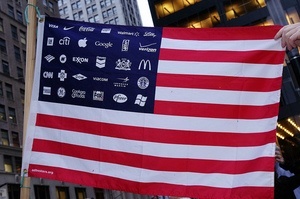
Another fascinating find from Rick Hasen’s Election Law Blog. This time there was a link to a great New York Times story on the new ways business are avoiding disclosure of their campaign contributions thought to be in the billions of dollars. Take a look:
Must-read NYT report: “During the 2010 midterm elections, tax-exempt groups outspent super PACs by a 3-to-2 margin, according to a recent study by the Center for Responsive Politics and the Center for Public Integrity, with most of that money devoted to attacking Democrats or defending Republicans. And such groups have accounted for two-thirds of the political advertising bought by the biggest outside spenders so far in the 2012 election cycle, according to Kantar Media’s Campaign Media Analysis Group, with close to $100 million in issue ads.”
Below is an expert from the New York Times article. Enjoy:
Two years after the Supreme Court’s Citizens United decision opened the door for corporate spending on elections, relatively little money has flowed from company treasuries into “super PACs,” which can accept unlimited contributions but must also disclose donors. Instead, there is growing evidence that large corporations are trying to influence campaigns by donating money to tax-exempt organizations that can spend millions of dollars without being subject to the disclosure requirements that apply to candidates, parties and PACs.
The secrecy shrouding these groups makes a full accounting of corporate influence on the electoral process impossible. But glimpses of their donors emerged in a New York Times review of corporate governance reports, tax returns of nonprofit organizations and regulatory filings by insurers and labor unions.
Leave a Reply